- All Exams Instant Download
Which three actions should you perform in sequence?
DRAG DROP
Your network contains an Active Directory domain named adatum.com. The domain contains a server named Server1 that runs Windows Server 2012 R2. Server1 is configured as a Network Policy Server (NPS) server and as a DHCP server. You need to log all DHCP clients that have windows Firewall disabled.
Which three actions should you perform in sequence? To answer, move the three appropriate actions from the list of actions to the answer area and arrange them in the correct order.
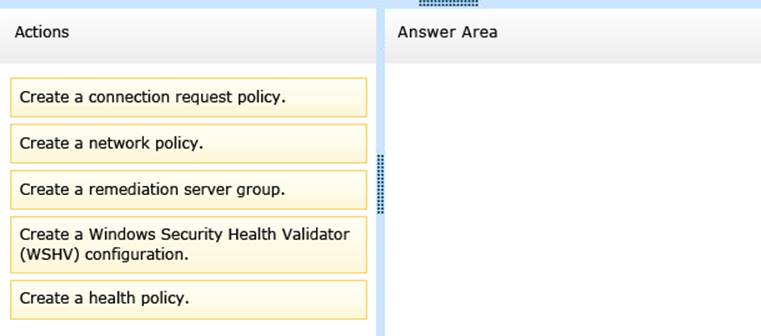
Answer: 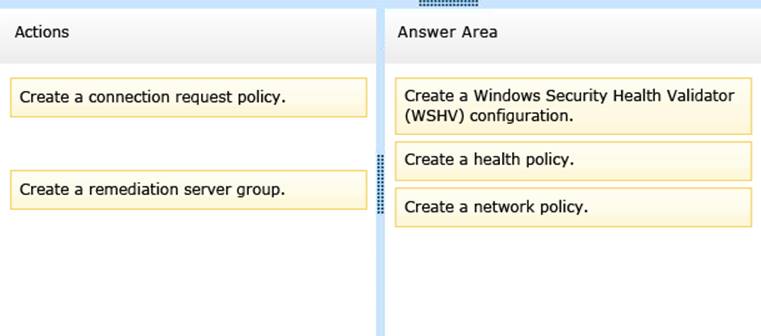
Explanation:
References:
http://technet.microsoft.com/es-es/library/dd314198%28v=ws.10%29.aspx
http://technet.microsoft.com/es-es/magazine/2009.05.goat.aspx
http://technet.microsoft.com/es-es/library/dd314173%28v=ws.10%29.aspx
http://ripusudan.wordpress.com/2013/03/19/how-to-configure-nap-enforcement-for-dhcp/
http://technet.microsoft.com/es-es/magazine/2009.05.goat.aspx
http://technet.microsoft.com/en-us/library/dd125379%28v=ws.10%29.aspx
http://technet.microsoft.com/en-us/library/cc772356%28v=ws.10%29.aspx
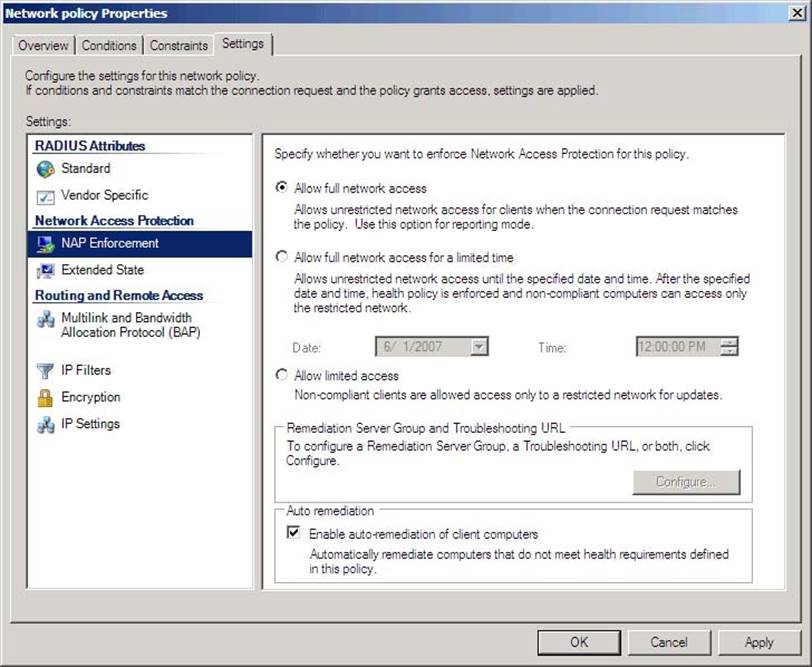
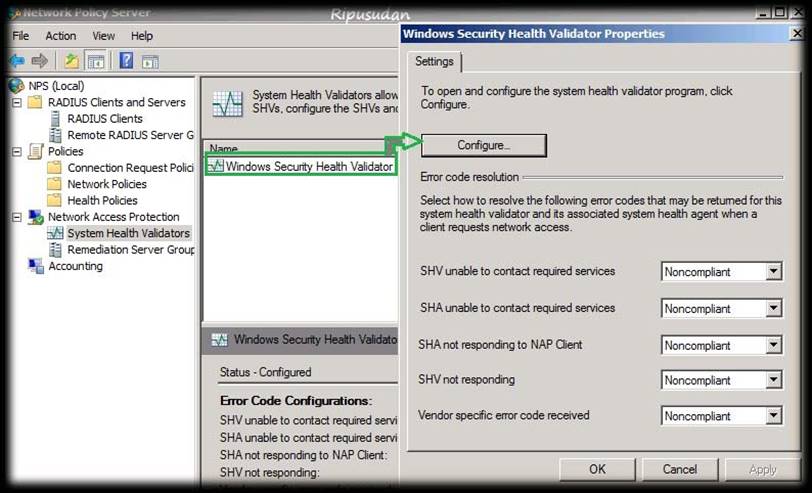
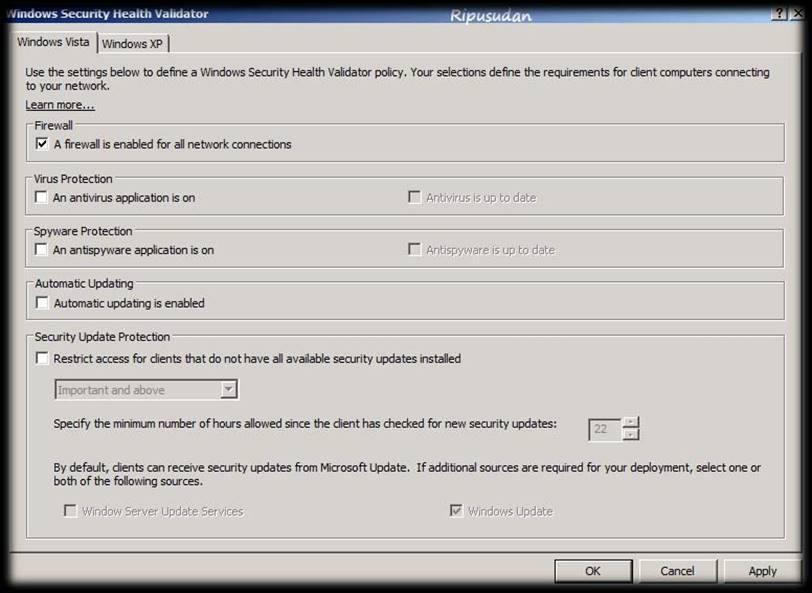
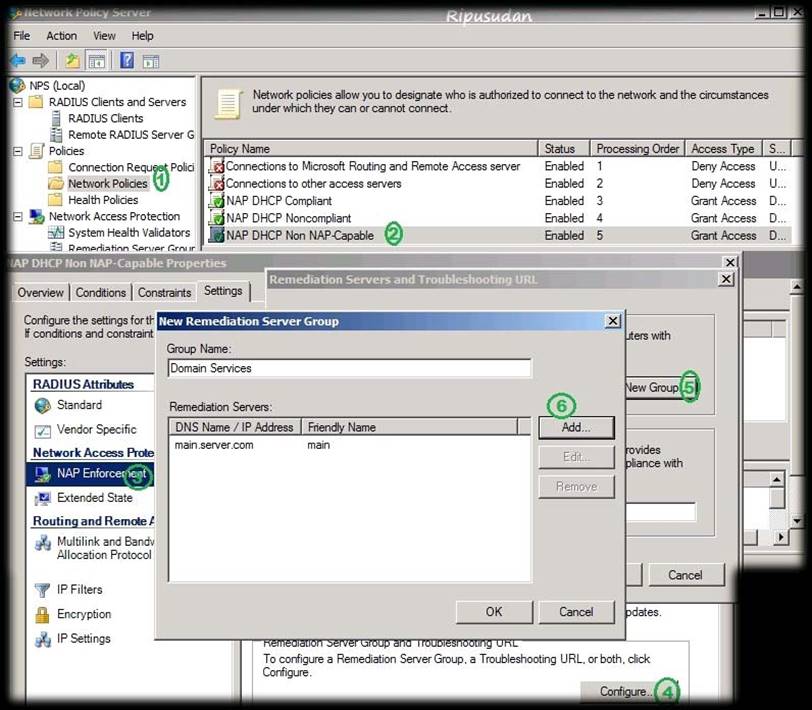
* With NPS, you can create client health policies using SHVs that allow NAP to detect, enforce, and remediate client computer configurations.
WSHA and WSHV provide the following functionality for NAP-capable computers:
The client computer has firewall software installed and enabled.
* Example measurements of health include:
The operational status of Windows Firewall. Is the firewall enabled or disabled?
In NAP terminology, verifying that a computer meets your defined health requirements is called health policy validation. NPS performs health policy validation for NAP.
Latest 70-411 Dumps Valid Version with 295 Q&As
Latest And Valid Q&A | Instant Download | Once Fail, Full Refund
Subscribe
Login
0 Comments
Inline Feedbacks
View all comments

